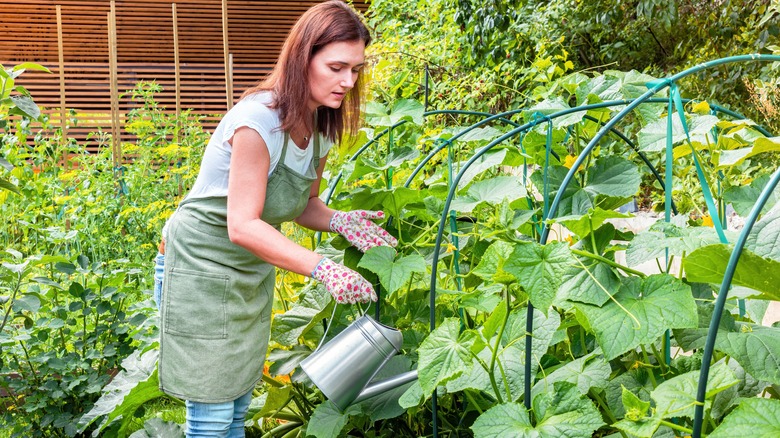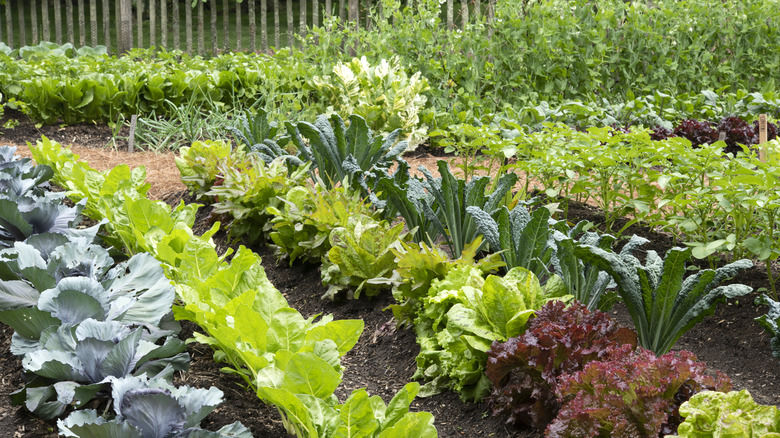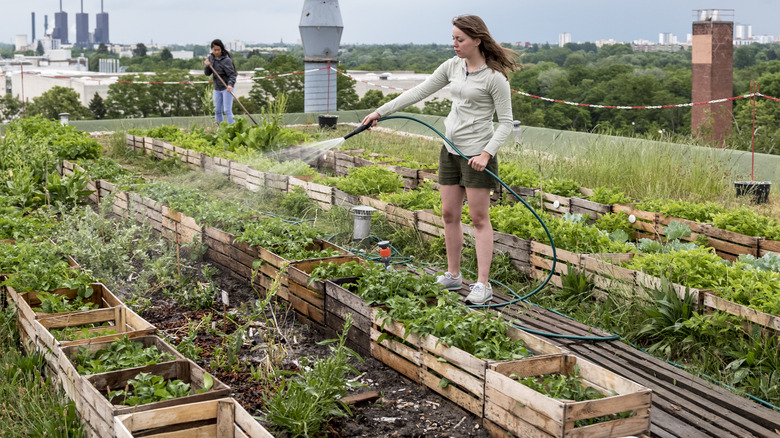What Is Hydrozoning And How Can It Benefit Your Garden?
Hydrozoning can be likened to grouping several like-minded individuals looking forward to achieving a common goal — growth. This irrigation concept occurs when plants with similar water, light, soil, and sun requirements are grouped together. This means that similar plants will receive the same amount of water, so you won't have to worry about overwatering some or underwatering others. For example, you can successfully plant carrots and cabbages together because they are both heavy consumers of water. However, you're set up for failure if you grow herbs and lettuce in the same zone because they have different moisture requirements.
Hydrozoning is the way to go because it helps save water, promotes healthy growth, requires minimal maintenance, and reduces the number of chemicals you use, among other benefits. Figuring out which plants to include in the same zone can sound like rocket science for first-timers. But if you equip yourself with the proper knowledge, you'll be grinning every time you catch a glimpse of your vibrant garden.
How hydrozoning works
When creating hydrozones, the four groups you should aim for (based on water needs) are high, moderate, low, and very low. Plants in the first group require frequent hydration, so program your sprinklers accordingly. These include cucumbers, beets, broccoli, cauliflower, onions, spinach, raspberries, peppers, and peas. The second zone is for those that require an average amount of water to thrive, such as beans, melons, tomatoes, turnips, eggplants, asparagus, and potatoes. In the next category, those with low water needs, you can include cowpeas, sweet potatoes, okra, herbs, and parsnips. Succulents and most desert plants belong to the zone that requires the least amount of moisture. Once the zoning is complete, set up separate sprinkler or drip lines for each group so that you can irrigate them on different schedules.
However, water isn't the only factor. Other considerations are root penetration, temperature requirements, soil type, light needs, and slope preferences. For example, two plants could have similar water needs but different light exposure requirements. Understanding the conditions favorable for each species can be daunting. As such, don't hesitate to seek guidance from landscaping professionals or local extension offices.
How hydrozoning benefits your garden
When you execute hydrozoning correctly, you can reduce water consumption by between 20% and 50%. This happens because you give plants the water they need, so every drop counts. Your water bill will also be reduced, and you can channel that money to other projects. Since you don't waste time overwatering less thirsty species, you save resources, and gardening becomes even more enjoyable.
Why is this important? Overwatering and underwatering your garden makes it vulnerable to pests and diseases. With hydrozoning, your garden grows healthy and becomes more disease resistant. This means that the chemical treatments such as pesticides and the fertilizers you'll require will be kept to a minimum.
Maintenance can be hectic in a randomly-organized garden. For example, native plants thrive without demanding too many fertilizers or pesticides. But if you plant them close to exotic ones, you'll be doing extra work, giving them the attention they would otherwise not need if they were in a different zone. You can say goodbye to such problems through hydrozoning because plants in the same group are given equal attention, with none being exceptionally troublesome.


